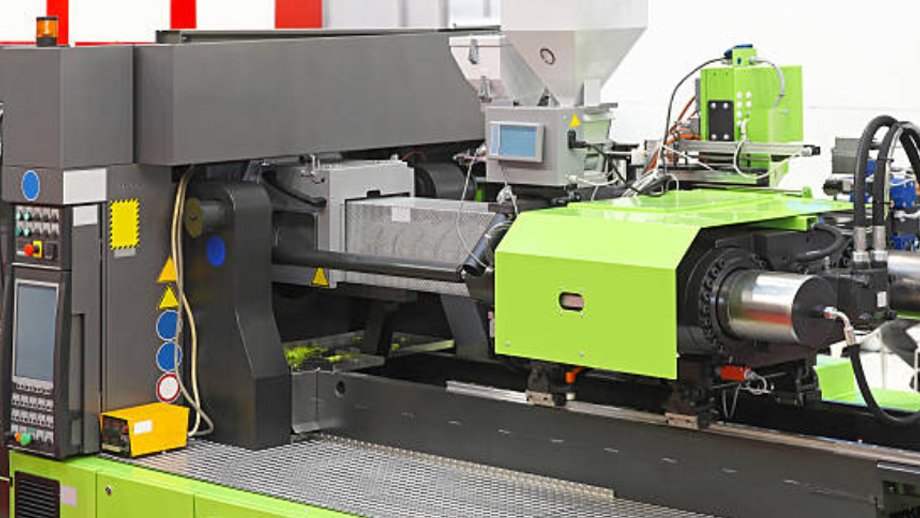Injection molding is a popular manufacturing process that involves the production of complex three-dimensional parts. It is widely used in various industries such as automotive, aerospace, medical, and consumer products. The success of injection molding largely depends on the injection pressure, which is a critical parameter that affects the quality and consistency of the final product. In this article, we will discuss the effect of injection pressure on injection molding and provide some tips on how to choose the appropriate injection pressure for your application.

What is Injection Pressure?
Injection pressure is the force that is applied to the molten plastic to fill the mold cavity. It is measured in pounds per square inch (PSI) or megapascals (MPa). The injection pressure depends on several factors such as the size and shape of the mold, the type of plastic material, and the speed of injection.
The Effect of Injection Pressure on Injection Molding
The injection pressure has a significant impact on the quality and consistency of the final product. Here are some of the effects of injection pressure on injection molding:
- Fill Rate: The fill rate is the speed at which the molten plastic fills the mold cavity. The higher the injection pressure, the faster the fill rate. However, if the injection pressure is too high, it can cause the plastic to flash or leak out of the mold.
- Part Quality: The injection pressure affects the part quality in several ways. Firstly, it affects the surface finish of the part. A higher injection pressure can result in a smoother surface finish. Secondly, it affects the part dimensions. If the injection pressure is too low, the part may have sink marks or warpage. If the injection pressure is too high, the part may be over-packed and have a flash.
- Cycle Time: The cycle time is the time it takes to complete one injection molding cycle. The injection pressure affects the cycle time by influencing the fill rate and the cooling time. A higher injection pressure can reduce the cycle time by filling the mold cavity faster. However, if the injection pressure is too high, it can also increase the cooling time, which can negate the benefits of a faster fill rate.
How to Choose the Appropriate Injection Pressure?
Choosing the appropriate injection pressure is critical to the success of injection molding. Here are some tips on how to choose the appropriate injection pressure:
- Know Your Plastic Material: Different plastic materials have different melt flow rates and viscosity. It is essential to know the properties of your plastic material to determine the appropriate injection pressure. A high-viscosity material may require a higher injection pressure to fill the mold cavity.
- Consider the Part Design: The part design can also influence the appropriate injection pressure. A complex part with thin walls may require a higher injection pressure to fill the mold cavity completely.
- Conduct Mold Flow Analysis: Mold flow analysis is a simulation software that can predict the flow behavior of molten plastic in the mold cavity. Conducting mold flow analysis can help determine the appropriate injection pressure for your application.
- Consult with an Expert: If you are unsure about the appropriate injection pressure for your application, it is best to consult with an expert in injection molding.

Conclusion
Injection pressure is a critical parameter that affects the quality and consistency of the final product in injection molding. The appropriate injection pressure depends on several factors such as the plastic material, the part design, and the mold flow analysis. By understanding the effect of injection pressure on injection molding and following these tips, you can choose the appropriate injection pressure for your application and achieve the desired results.
